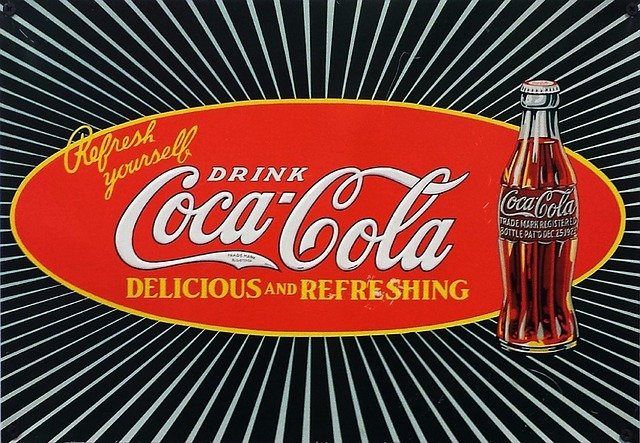
"List" is a polysemous term: it can refer to an enumeration or something that is prepared, for example.
Polysemic is an adjective that is used in the field of linguistics to describe what is linked to polysemy . This concept, for its part, refers to the condition of a word or speech that has several meanings .
A polysemic term, therefore, is one that has various meanings . An example of a polysemous word is “list” . A “list” can be a sheet where things are listed, but also an adjective that qualifies an intelligent or sagacious woman or another that indicates that something is already prepared or finished: “Please look at the shopping list if I have already written down "We need rice for tonight's stew" , "Juana is very smart: I don't think she will fall into Edgardo's trap" , "Dinner is almost ready" .
The polysemous status of a term can arise for various reasons. In some cases, the notion acquires a new application due to technological development. In others, the different meanings obey metonymies , metaphors or other rhetorical figures.
How a term can become polysemous
Let's look at the different causes in detail:
* Change of use : very often we find words that had a certain meaning in the past, but that refer to very different concepts today. Technological advances can and usually play a large part in this phenomenon, as can be seen in words like screen , for example, which among its oldest meanings is the sheet that clings to an artificial light source to reduce the discomfort caused. in the eyes , but that we currently associate almost instantly with the surface on which electronic devices project their graphic elements , such as images and videos;
* Specialized meanings : similar to the previous case, certain words take on new meanings to serve a certain profession or a community. To cite an example of a polysemous term for this reason, it is correct to say that solution usually refers to homogeneous systems that are formed by a solvent and a solute (the first in greater proportion than the second) when it is mentioned in the field of chemistry, but to each quantity that satisfies the conditions of an equation or a problem when used among mathematicians;
* Metaphorical uses : for example, when a term that refers to a part of the body is used to give a name to a part of an inanimate object, as occurs with the use of arms to talk about the lateral supports of chairs and armchairs created so that its users support their arms, hands (or hands ) to refer to the hands of the clock, and legs to give name to the sticks that support a table or chair;
* Metonymy : a phenomenon (also called transnomination ) that consists of changing the meaning of one word for that of another, taking advantage of a semantic relationship that exists between the two. Among the most common examples are the use of bread instead of work , joy instead of happiness , cup or plate instead of its contents , the name of a composer or author instead of his work , flag instead of the country that represents .

"Brand" is a polysemous concept: it is the name of a product, a record or a signal.
An example
Take the case of “brand” . This word can be used to name the name of a product in the market (which is linked to a property right), the signal that makes it possible to distinguish something or someone, or the record achieved in a sport .
“Coca Cola is one of the most recognized brands in the world”, “I have a birthmark on my left knee.” y “The South African athlete broke a new record in the javelin throw” son expresiones que muestran los distintos usos de la noción.
